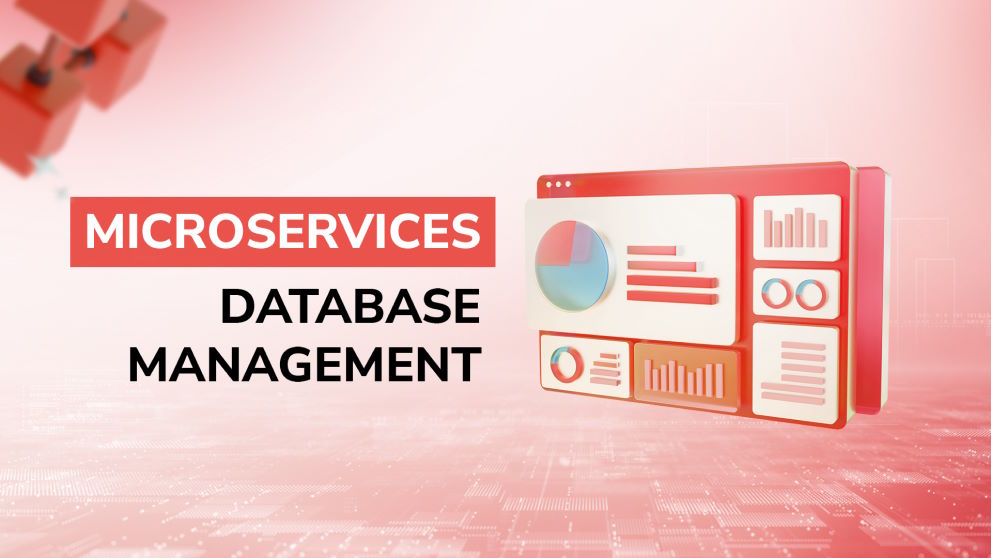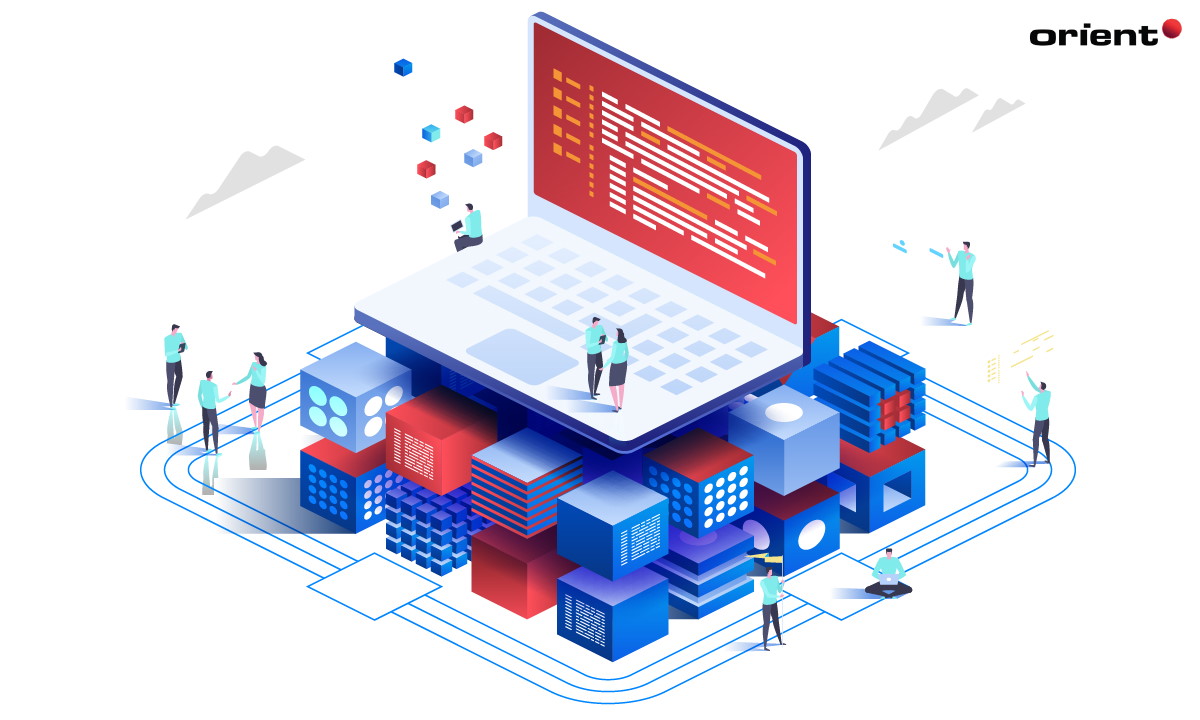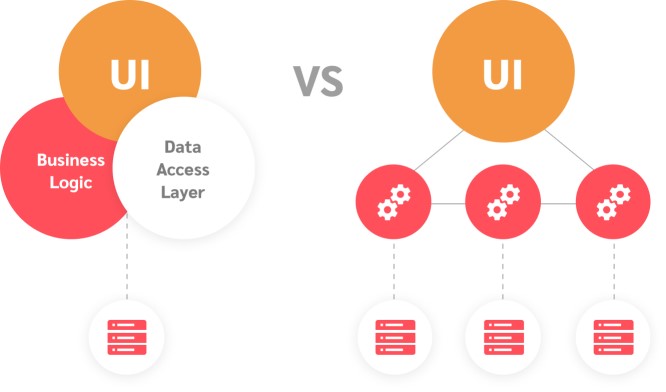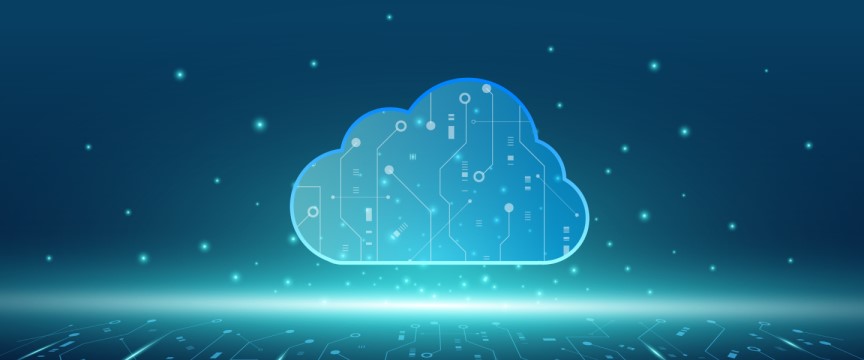The Ultimate Guide to IT Governance Best Practices: Ignite Your Success
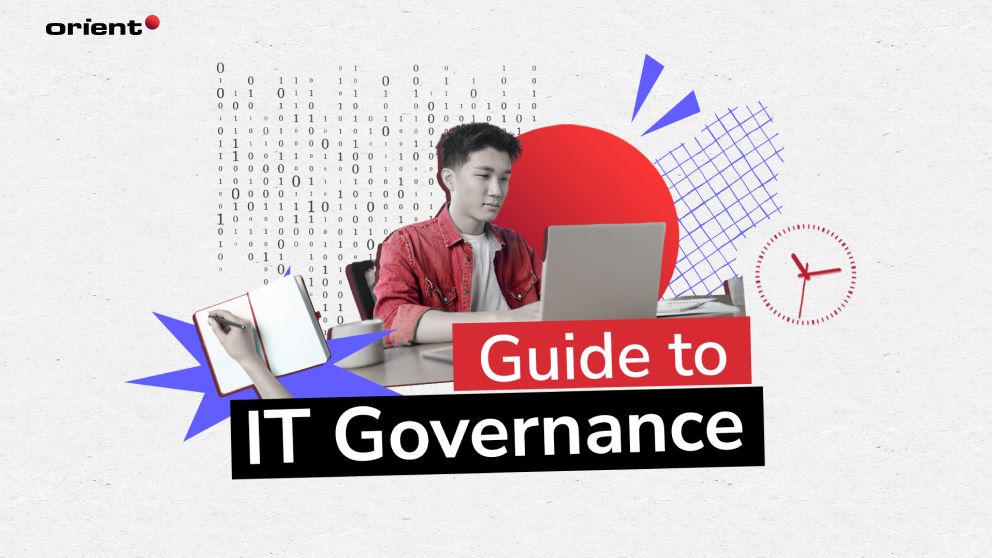
Content Map
More chaptersThe information technology (IT) department plays a crucial role in supporting the operations of a business by providing essential infrastructure and services. However, to maximize the potential of IT and ensure its alignment with business objectives, effective IT governance is essential. IT governance encompasses the processes, structures, and policies that guide decision-making, resource allocation, and performance management within the IT department.
Having a well-defined IT governance process is essential for continuously improving and adding value to your business. To enhance your IT strategies and drive profitability, it is essential to understand and implement these recommended best practices for IT governance.
What is IT Governance?

As part of corporate governance, IT governance refers to the framework and processes that organizations put in place to ensure that their IT systems and services are aligned with their business strategic objectives, effectively managed, and deliver value. It provides a structure for decision-making, accountability, and oversight to guide the use and management of IT resources within an organization.
At its core, IT governance aims to bridge the gap between business goals and IT strategies. It establishes a set of policies, procedures, and controls that enable organizations to make informed decisions about their IT investments, prioritize projects, allocate resources effectively, and manage risks.
IT governance encompasses various aspects, including:
- Strategic Alignment: IT governance ensures that IT initiatives and investments are aligned with the overall business strategy of the organization. This involves understanding the business’s objectives, identifying IT capabilities required to support those objectives, and developing a roadmap to achieve them.
- Decision Rights and Accountability: IT governance defines the decision-making authority and accountability for IT-related matters. It clarifies roles and responsibilities, establishes processes for decision-making, and ensures that decisions are made by the appropriate stakeholders with the necessary expertise and authority.
- Performance Measurement: IT governance establishes metrics and performance indicators to evaluate the effectiveness of IT operations. It enables organizations to monitor and measure the performance of IT projects, services, and processes, ensuring they meet predefined goals and objectives.
- Risk Management: IT governance includes processes for identifying, assessing, and managing IT-related risks. This involves implementing security measures, data protection strategies, and disaster recovery plans to safeguard critical IT assets and ensure business continuity.
- Resource Management: IT governance encompasses the allocation and optimization of IT resources, including budget, infrastructure, and personnel. It ensures that resources are allocated based on business priorities, maximizing their utilization and value.
- Compliance and Legal Requirements: IT governance ensures that organizations comply with relevant laws, regulations, and industry standards pertaining to IT operations. It includes policies and procedures to address data privacy, information security, intellectual property rights, and other legal and regulatory obligations.
By implementing a robust IT governance framework, organizations can maximize their IT investment value, enhance operational efficiency, mitigate risks, and drive business growth. It offers a structured approach to managing IT resources and ensures that technology aligns with business objectives, ultimately helping organizations thrive in today’s digital world.
IT Governance Frameworks
Definition and Purpose of IT Governance Frameworks
IT governance frameworks are structured sets of guidelines, principles, and best practices designed to assist organizations in effectively managing their IT systems and operations. These frameworks provide a systematic approach to IT governance, offering organizations a roadmap for aligning IT strategies with business goals, optimizing resource allocation, managing risks, and ensuring regulatory compliance.
The primary purpose of IT governance frameworks is to establish a consistent and reliable framework for decision-making, accountability, and control within the IT domain. They help organizations establish clear roles, responsibilities, and processes for IT management, enabling them to make informed decisions about IT investments, prioritize projects, and achieve desired outcomes.
Commonly Used IT Frameworks
COBIT (Control Objectives for Information and Related Technologies)
COBIT is a widely adopted IT governance framework developed by ISACA (Information Systems Audit and Control Association). It provides a comprehensive control set and best practices for IT governance, with a focus on aligning IT with managing risks, business objectives and ensuring regulatory compliance.
COSO (Committee of Sponsoring Organizations of the Treadway Commission)
COSO is a well-known methodology for business risk management and internal control. While not specifically focused on IT governance, COSO provides a holistic approach to governance, risk management, and internal control that can be applied to IT governance.
CMMI (The Capability Maturity Model Integration Method)
CMMI is a process improvement framework that includes a maturity model for IT governance. It helps organizations assess and enhance their IT governance capabilities by providing a structured approach to process improvement, risk management, and performance measurement.
ITIL (Information Technology Infrastructure Library)
ITIL is a commonly used framework for managing IT services. While not specifically focused on IT governance, it provides a set of best practices for managing IT services, processes, and operations. ITIL can be integrated into an organization’s IT governance framework to enhance service delivery and alignment with business needs.
FAIR (Factor Analysis of Information Risk)
FAIR is a quantitative risk management framework that offers a structured approach to assessing and managing information risk. It focuses on analyzing and quantifying risk factors such as threat events, vulnerabilities, and potential impacts.
Choosing the Right Framework for Your Organization
When selecting an IT governance framework for your organization to guarantee that IT investments support business objectives, several factors should be considered. These include the organization’s size, industry, regulatory requirements, strategic goals, and existing IT capabilities. It is essential to evaluate each framework’s strengths, weaknesses, and applicability to your organization’s specific needs.
Consider conducting a thorough assessment of your organization’s IT governance maturity level and identifying the gaps and areas for improvement. This assessment can help determine which framework aligns best with your organization’s goals and can address your specific challenges.
Additionally, seek input from key stakeholders, including IT leaders, executives, and board members, to ensure their buy-in and support for the chosen framework. Collaboration and consensus among stakeholders are crucial for successful implementation and adoption.
It is important to note that frameworks can be tailored and customized to fit your organization’s unique requirements. Consider adapting and integrating elements from multiple frameworks to create a customized IT governance framework that best suits your organization’s needs.
Building a Formal IT Governance Program
Developing and implementing a formal IT governance program is vital for organizations to effectively manage their IT investments, align IT strategies with strategic objectives, and ensure accountability and risk management. Here are the key steps:
Define the Scope and Objectives: Begin by clearly defining the scope and objectives of your IT governance program. Identify the areas and processes that need to be governed, such as IT decision-making, risk management, compliance, and performance measurement. Articulate the goals and outcomes of the IT governance program clearly to provide implementation direction.
Develop IT Policies and Procedures: Develop comprehensive IT policies and procedures that outline the expected behaviors, standards, and practices within the organization’s IT environment. These policies should cover areas such as information security, data privacy, IT project management, IT service management, change management, and vendor management. Ensure that these policies align with relevant laws, regulations, and industry best practices.
Implement Risk Management Processes: Establish robust risk management processes within the IT governance program. This involves conducting regular risk assessments to identify potential IT-related risks and developing mitigation strategies to address them. Implement controls and measures to monitor and manage risks effectively and establish incident response plans to handle any security breaches or disruptions.
Define Performance Metrics and Reporting Mechanisms: Determine metrics and key performance indicators (KPIs) that will be used to measure and monitor the performance of IT initiatives, services, and projects. These metrics should align with the organization’s overall goals and objectives. Implement reporting mechanisms that provide regular updates to senior management and the IT steering committee, enabling them to make informed decisions and assess the effectiveness of the IT governance program.
A Novel Way of Approaching IT Governance: Outsourcing Companies
When building an effective IT governance program, organizations may consider outsourcing companies as a novel solution for governing their IT teams. Outsourcing can offer several advantages in the context of IT governance:
- Expertise and Experience: IT governance procedures are a field in which outsourcing organizations frequently specialize and have experience. They can provide guidance and support in implementing governance frameworks, policies, and processes.
- Resource Optimization: Outsourcing allows organizations to optimize their internal resources by leveraging external expertise. It enables organizations to focus on core business activities while relying on the outsourcing partner to manage and govern the IT teams effectively.
- Scalability and Flexibility: The services provided by outsourcing firms can be scaled to meet the requirements of the enterprise. This flexibility allows organizations to adapt their IT governance program as they grow or face changing business requirements.
- Continuous Improvement: Frequently, outsourcing firms have procedures in place for ongoing development. They can help organizations identify areas for enhancement within their IT governance program and implement best practices based on industry standards and benchmarks.
Considering outsourcing companies like Orient Software can provide additional support and expertise in governing IT teams effectively.


